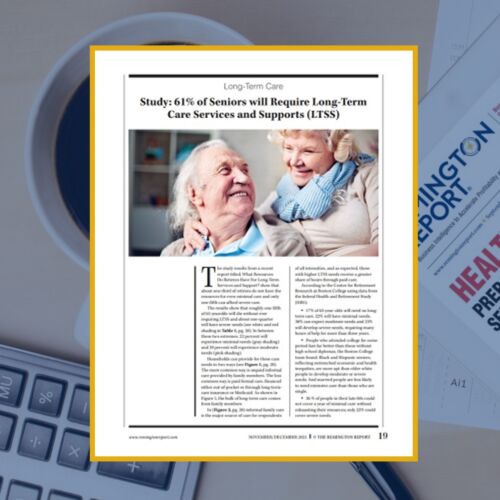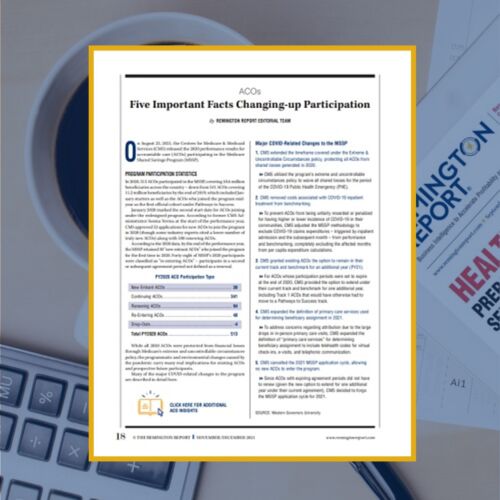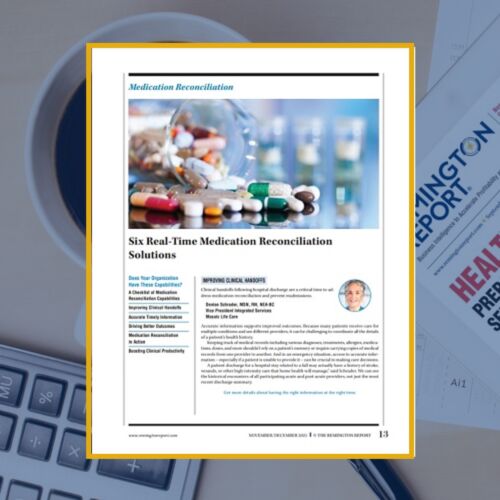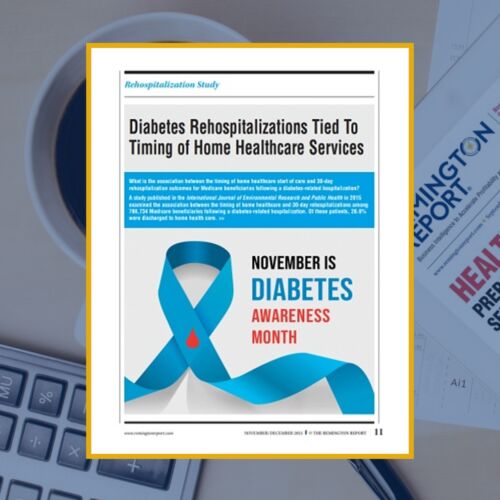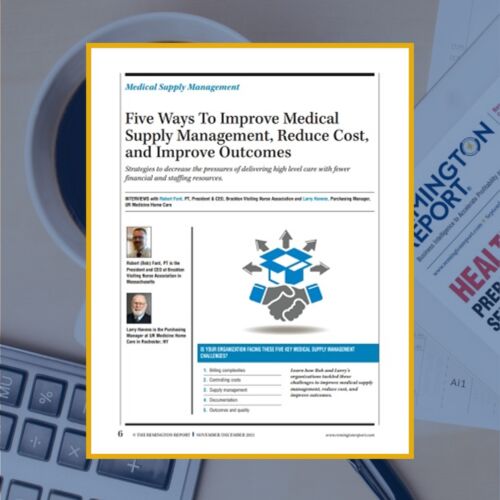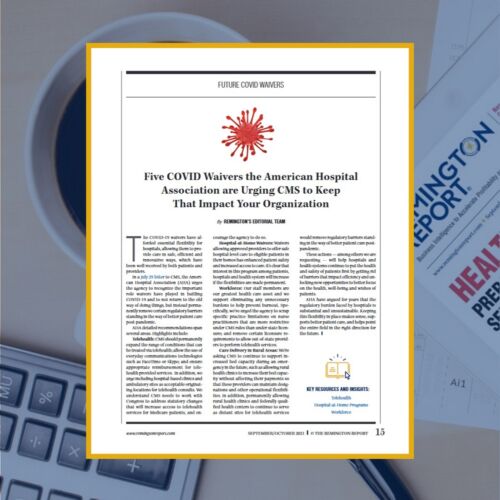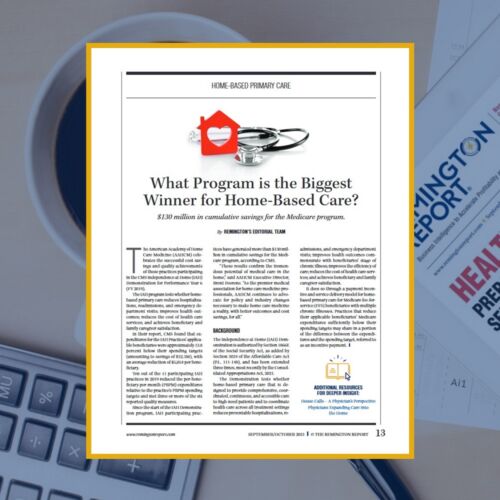-
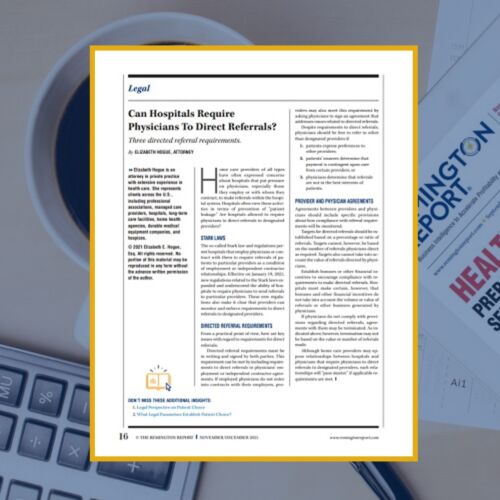 Effective on January 19, 2021, new regulations related to the Stark laws expanded and underscored the ability of hospitals to require physicians to send referrals to particular providers. These new regulations also make it clear that providers can monitor and enforce requirements to direct referrals to designated providers. This article is free to 1-Year Classic and 2-Year Premium subscribers.
Effective on January 19, 2021, new regulations related to the Stark laws expanded and underscored the ability of hospitals to require physicians to send referrals to particular providers. These new regulations also make it clear that providers can monitor and enforce requirements to direct referrals to designated providers. This article is free to 1-Year Classic and 2-Year Premium subscribers. -
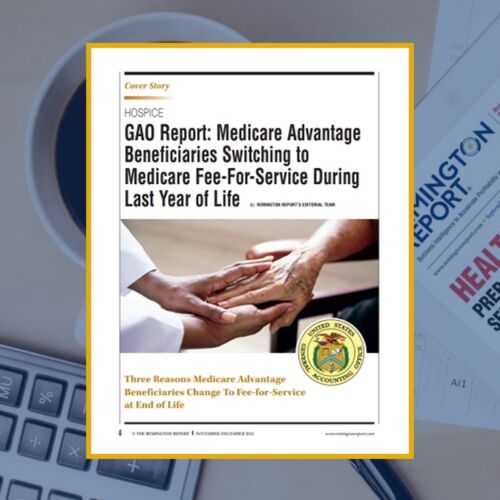 Medicare Advantage beneficiaries are switching to Medicare Fee-for-Service during their last year of life according to a Government Accountability Office study. The federal government would have saved $912 million during 2016 and 2017 had fewer Medicare Advantage enrollees opted into traditional Medicare during their last year of life, the GAO estimates. This article is free to 1-Year Classic and 2-Year Premium subscribers.
Medicare Advantage beneficiaries are switching to Medicare Fee-for-Service during their last year of life according to a Government Accountability Office study. The federal government would have saved $912 million during 2016 and 2017 had fewer Medicare Advantage enrollees opted into traditional Medicare during their last year of life, the GAO estimates. This article is free to 1-Year Classic and 2-Year Premium subscribers. -
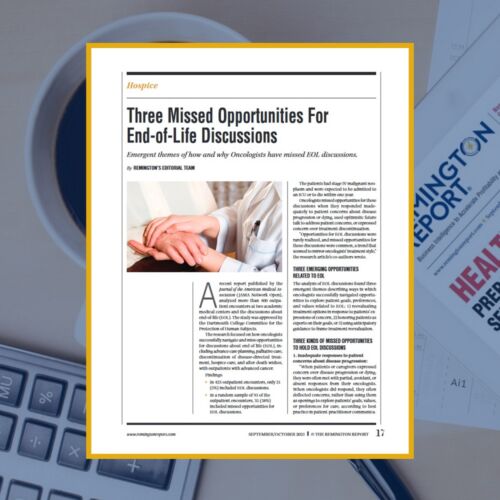 Recent research discusses the missed opportunities for discussions about end-of-life, including advance care planning, palliative care, discontinuation of disease-directed treatment, hospice care, and after-death wishes, with outpatients with advanced cancer. This article is free to 1-Year Classic and 2-Year Premium subscribers.
Recent research discusses the missed opportunities for discussions about end-of-life, including advance care planning, palliative care, discontinuation of disease-directed treatment, hospice care, and after-death wishes, with outpatients with advanced cancer. This article is free to 1-Year Classic and 2-Year Premium subscribers. -
 In this new normal, it’s important to understand how your referral sources work, what they are sending to you versus the competition, how to deepen relationships with these sources, and what differentiates you as a provider in the marketplace. This article is free to 1-Year Classic and 2-Year Premium subscribers.
In this new normal, it’s important to understand how your referral sources work, what they are sending to you versus the competition, how to deepen relationships with these sources, and what differentiates you as a provider in the marketplace. This article is free to 1-Year Classic and 2-Year Premium subscribers. -
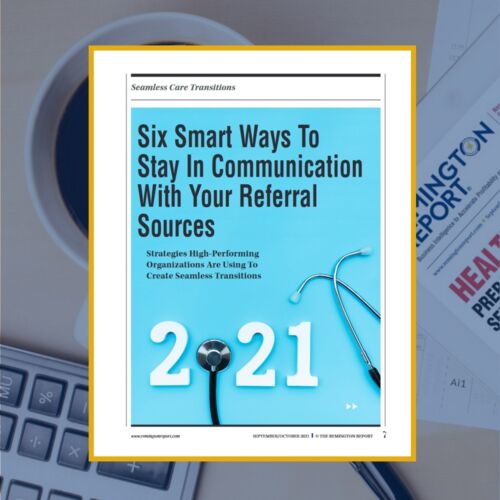 Your referral partners increasingly expect robust communications to make patient transfers as seamless as possible, for both the patient and providers. They will have to make a choice. Ultimately, they will look for relationships with organizations that are easy to work with and that can deliver proven quality care. We provide insights and strategies from high-performing organizations. This article is free to 1-Year Classic and 2-Year Premium subscribers.
Your referral partners increasingly expect robust communications to make patient transfers as seamless as possible, for both the patient and providers. They will have to make a choice. Ultimately, they will look for relationships with organizations that are easy to work with and that can deliver proven quality care. We provide insights and strategies from high-performing organizations. This article is free to 1-Year Classic and 2-Year Premium subscribers.
